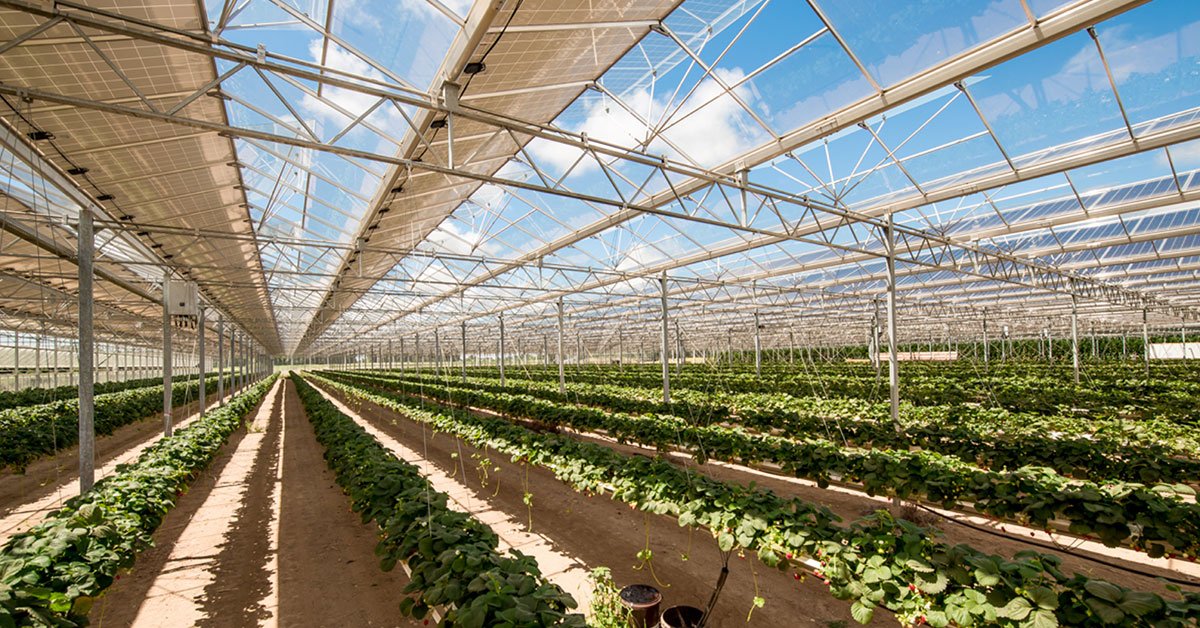It seems like only yesterday that the idea of combining solar panels with agriculture was just a twinkle in someone's eye. Now the field is literally exploding.
The US Department of Energy is investing $7 million to sow the seeds of a new revolution in agrivoltaics, photovoltaic-based agriculture. It seems like a drop in the ocean, but it's a drop that can change everything. And now I'll tell you why.
Agriculture and photovoltaics
If deploying solar panels on crops seems a little counterintuitive, there's a reason. Until very recently, photovoltaics and solar panels were the enemies of agriculture.
Solar developments have resulted in acres of crops covered in rows of photovoltaic panels: panel leasing contracts have given some oxygen to farmers in economic crisis, but have decimated the crops themselves.
The National Renewable Energy Laboratory, for example, he estimated that the US alone could lose more than 800.000 hectares of land to solar panels by 2030. So what? What do you do?
Agriculture and photovoltaics? No. Agrivoltaico

In the best of all worlds, solar panels could be raised just a few meters. This would allow farmers to benefit from renewable energy income while growing or rearing.
Clean Technica caught on to this photovoltaic trend a while back, when researchers at Oregon State University described how solar panels can create a cooling microclimate that improves the environment for various crops. They also gathered evidence that the same cooling effect in turn improves the efficiency of solar panels.
Since then, awareness has increased. The Department of Energy released a “farm to bulb” guide for farmers, and the movement has begun to take hold in various forms across the Stars and Stripes.

Agrivoltaico, energy and nature only travel together
New forms of Agrivoltaic are already emerging. The "peaceful coexistence" between crops and solar can revitalize the entire agricultural sector.
The microclimate that solar panels can create is the key to a new type of agriculture. Agriculture that uses water and energy conservation practices. While he cultivates, even in an automated way, it also improves soil health.
This is why the 7 million dollars that this financing will make available can transform things. They can start projects that bring benefits to the community and the local economy, but above all create a domino effect.


